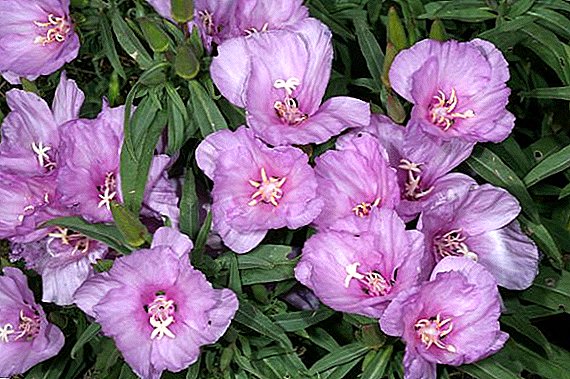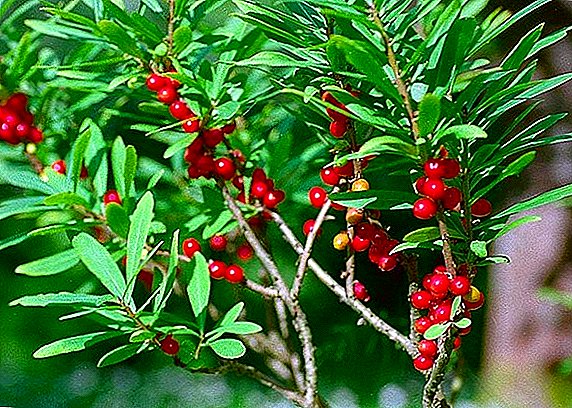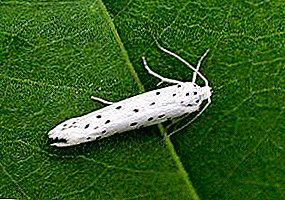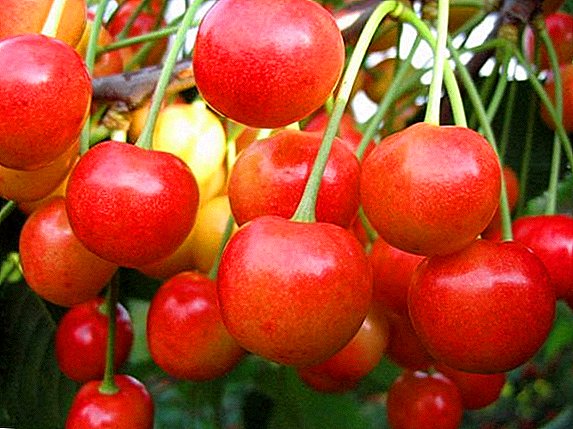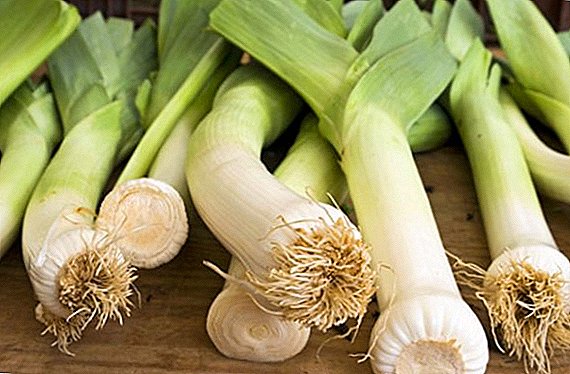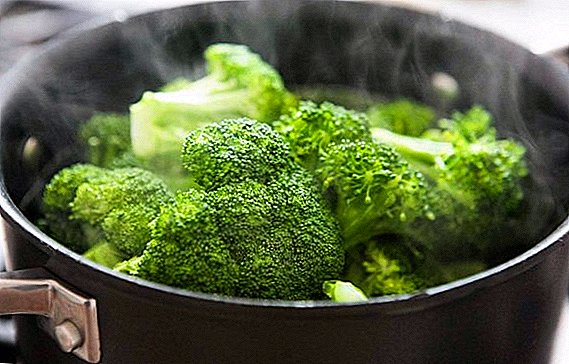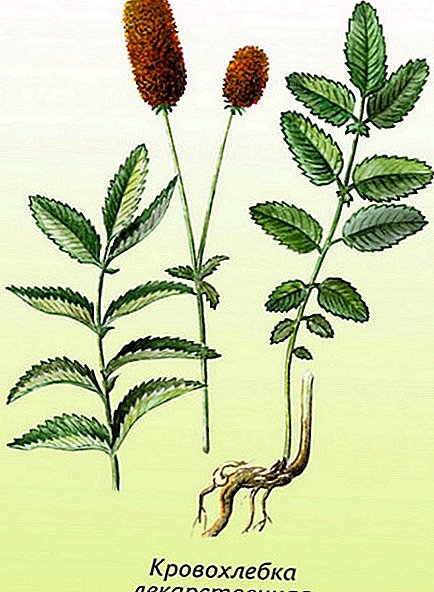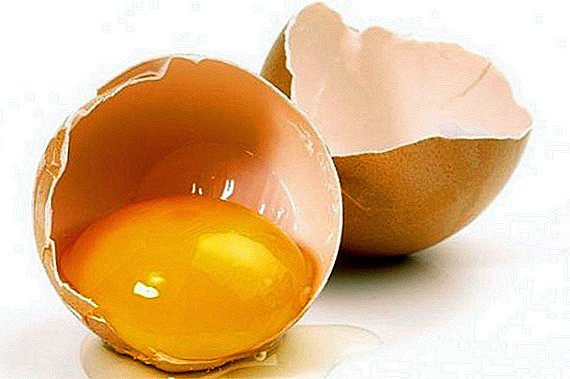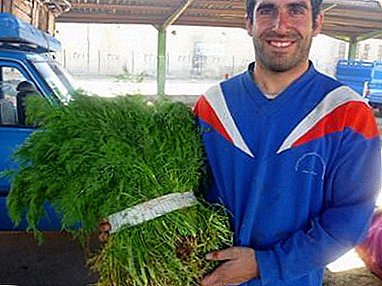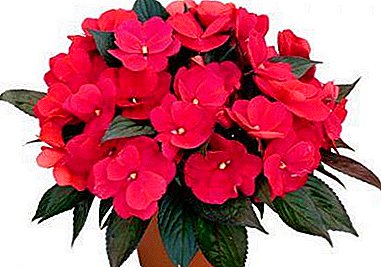
Balsam - a flower beloved by many. A variety of forms, bright coloring and long, abundant flowering made balsam a real favorite among houseplants; he is loved by both growers and wise beginners. Learn how to grow balsam at home, so that he will always delight you with his amazing view!
Also, this article will tell you what environmental conditions are considered ideal for a balsam, what can be the reasons for the lack of flowering and which pests and diseases can threaten the plant.
Ideal conditions for growth
- Air.
Balsam keep well outdoors. If it is not possible to take it to the garden or to the open balcony, often ventilate the room! This recommendation is suitable provided that there is no significant temperature difference between the room and the street. A sharp change in conditions of detention is detrimental to the balsam. Protect from strong gusts of wind - fragile stems and leaves break easily.
- Lighting.
Balsam - a southern plant, and the lack of sun on it affects not the best way. But do not keep the flower in the sun too bright. The structure of the leaves and stems is quite gentle, so the balsam quickly dehydrates and fades. Best conditions: access to the morning sun, but in hot lunch and afternoon hours it is better to plant the plant.
- Temperature.
The ideal temperature for a balsam is 20-23 degrees, in a dormant period (in winter) the plant should not be kept in a room where it is less than 15 degrees. The balsam is afraid of low temperatures, it may die.
- Humidity and watering.
Balsam loves abundant watering. In the summer, do not even allow short-term drying out of the soil. But besides that, he needs moist air. Be sure to carry out spraying balsam!
- The soil.
The soil needs fertile, loose. Acidity PH 6-6.5. Ingredients: turfy land / leafy ground / peat / humus / sand. All in equal parts. Be sure to bottom of the pot - drainage of expanded clay or washed river pebbles.
Flower photo
Here you can see the photo of balsam:
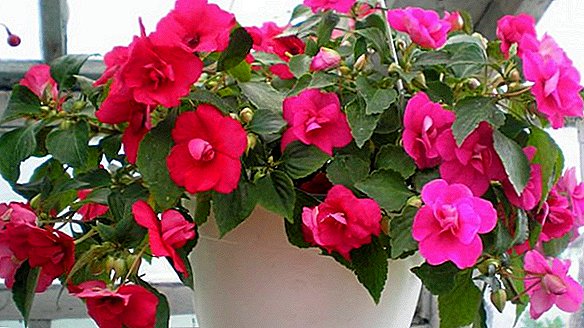
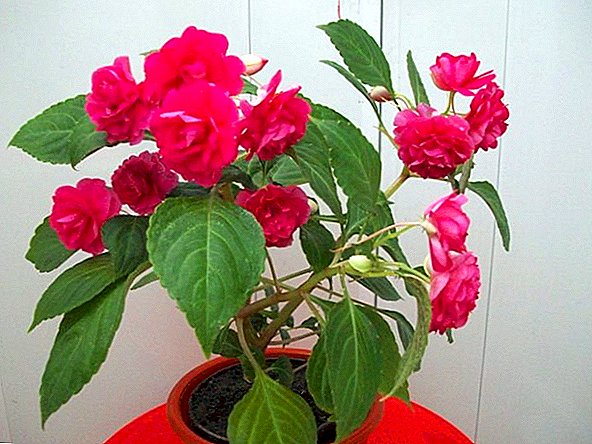

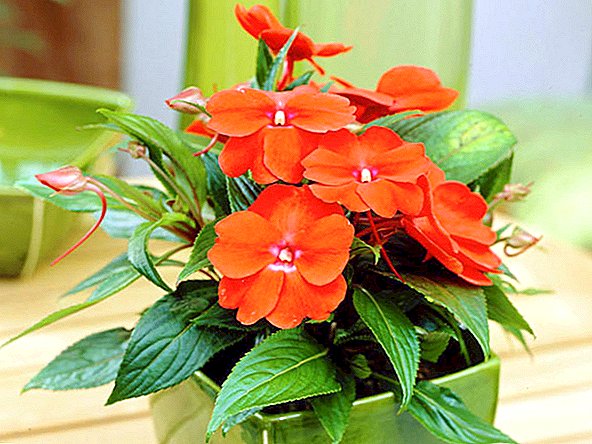
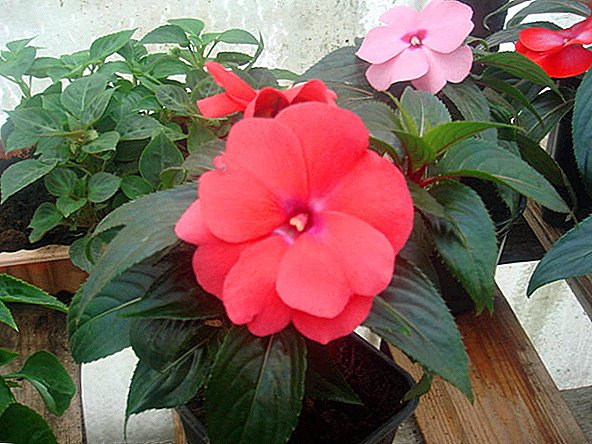
How to care for him?
Balsam is quite unpretentious, but some conditions of cultivation and care still worth observing clearly.
- How to grow garden balsam from seeds independently at home.
- Features and rules for breeding balsam cuttings at home.
- What can be problems with balsam breeding?
Watering
Proper watering is frequent and abundant.. Summer usually requires daily watering. In winter, you should reduce the volume, but do it regularly. A lack of moisture immediately reflects on the appearance of the plant - the leaves look drooping, the flowers begin to fall off. Water must be defended.
If white calcareous deposits form on top of the soil, this is alkalization caused by hard water. Replace the top layer of soil with a new one, and produce watering in the pot pallet! More such a problem will not arise.
Top dressing
During the entire period of flowering balsam requires fertilizing with mineral fertilizers containing phosphorus and potassium. It should be done once in 15 days. Previously it is necessary to make usual watering with clear water. In winter, this measure is not necessary. After transplanting or planting a new plant, you can begin feeding three weeks later (you will learn how to plant or move the balsam to another pot).
Is it possible to spray with water?
Spraying should be as regular as watering.. Dry air can cause dropping of buds and even leaves. At low temperatures (less than 20 degrees), spraying can not be done - the plant will fall ill.
Trimming and Pinching
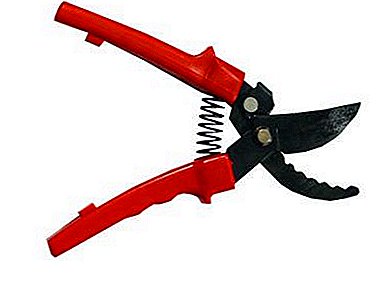 When to start and how to properly trim and pinch the plant? Balsam usually forms a beautiful thick crown. Therefore, pruning is done if necessary - for example, because of a violation of the conditions of detention, the plant has dropped foliage and lost its decorative appearance. In this case, you can correct the form - new shoots grow quickly and look healthier.
When to start and how to properly trim and pinch the plant? Balsam usually forms a beautiful thick crown. Therefore, pruning is done if necessary - for example, because of a violation of the conditions of detention, the plant has dropped foliage and lost its decorative appearance. In this case, you can correct the form - new shoots grow quickly and look healthier.
Pinching helps to maintain the attractive appearance of the plant, enhance flowering and growth.. The plant becomes branched and thick, new buds are tied. You can also pick off the faded leaves and flowers. Removal of dead parts is an additional prevention of pest and disease control.
Start pinching better after picking young plants. Or, if you notice that shoots are beginning to stretch. First, check whether your balsamine has enough light. Perhaps you need to add lighting. Then, to fix the already formed irregular bush - feel free to pinch the tops! This will accelerate the growth of lateral shoots and give the correct shape to the plant.
Cut or pinch the stem over the leaf axils without damaging the sleeping buds.
Wintering
How to save a balsam in the winter? In the cold season, the plant is best kept at a temperature of 15 to 20 degrees. Water regularly as soon as the soil in the pot begins to dry. It is better not to carry out spraying and trim. But if the plant is kept at a higher temperature and near the heating devices, continue to spray your balsam.
Why does not bloom?
Balsam flowers look like beautiful butterflies - an abundance of shades and shapes is amazing. At the same time, the blooming balsam should please you from spring to late autumn. But what if bloom does not want to bloom?
Let's deal with the reasons:
- Lack of moisture. During the flowering period, the water plant is vital.
- Too spacious pot. In this case, the balsam develops a powerful root system and a juicy dense crown, but there will be few flowers. It is better to let your pot be a little cramped plant.
- Old plant. After two, maximum three years, the balsam becomes outdated, loses its aesthetic appearance and ceases to produce abundant flowering. There is only one way out - to plant new cuttings, and to throw out the old bush.
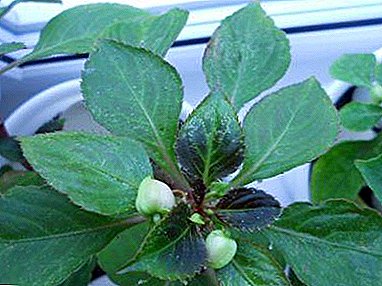 The lack of bloom may be due to the fact that balsam struck pests or diseases. Regularly inspect the leaves and the stem in time to detect the insidious enemies.
The lack of bloom may be due to the fact that balsam struck pests or diseases. Regularly inspect the leaves and the stem in time to detect the insidious enemies.- Lack of light. If you do not have the ability to keep the plant on the eastern windows, or your balsam is forced to dwell in the shade, add artificial light fixtures! This will be enough to balsam pleased you with an abundance of flowers.
- Balsam also does not like frequent changes of place. It is better not to rearrange it often. If you need to hide from direct sunlight, think of an opportunity to shade, but do not touch the pot itself!
- The balsam will not bloom if the temperature in the room is below +15 degrees. He does not like cold drafts.
- Use of high nitrogen fertilizers will lead to the fact that your plant will actively grow the green part, but do not want to bloom balsam.
Pests and diseases
Balsam is often affected by Putin's mite, whitefly and aphids. These pests are very dangerous - they can destroy even an adult strong plant.
You can destroy insects:
- With the help of chemicals - "Aktellik", "Fitoverm", "Introvir" - when preparing the solution, follow the recommendations for a specific preparation.
- Or folk remedies: soap solution, infusions of garlic, mustard powder and tobacco dust.
Root rot - usually begins when the plant is kept in a cold room, while it is poured with water from the tap. To save the balsam, it is necessary:
- Replant by removing the affected roots.
- Sections need to be covered with coal (you can use activated, from the pharmacy).
- Transfer the plant to a warmer room, water it with separated water at room temperature.
Attention! Sometimes a balsam infects a virus. The plant at the same time turns black and fades. Unfortunately, the disease is not treated. The infected flower must be immediately isolated from other plants and destroyed.
As you can see, growing balsam is not such a difficult and time consuming task. But what a pleasure this plant will bring to you, how to decorate your house when dressed in a hat of delicious, bright, delicate flowers! To do this, simply follow our recommendations!


 The lack of bloom may be due to the fact that balsam struck pests or diseases. Regularly inspect the leaves and the stem in time to detect the insidious enemies.
The lack of bloom may be due to the fact that balsam struck pests or diseases. Regularly inspect the leaves and the stem in time to detect the insidious enemies.